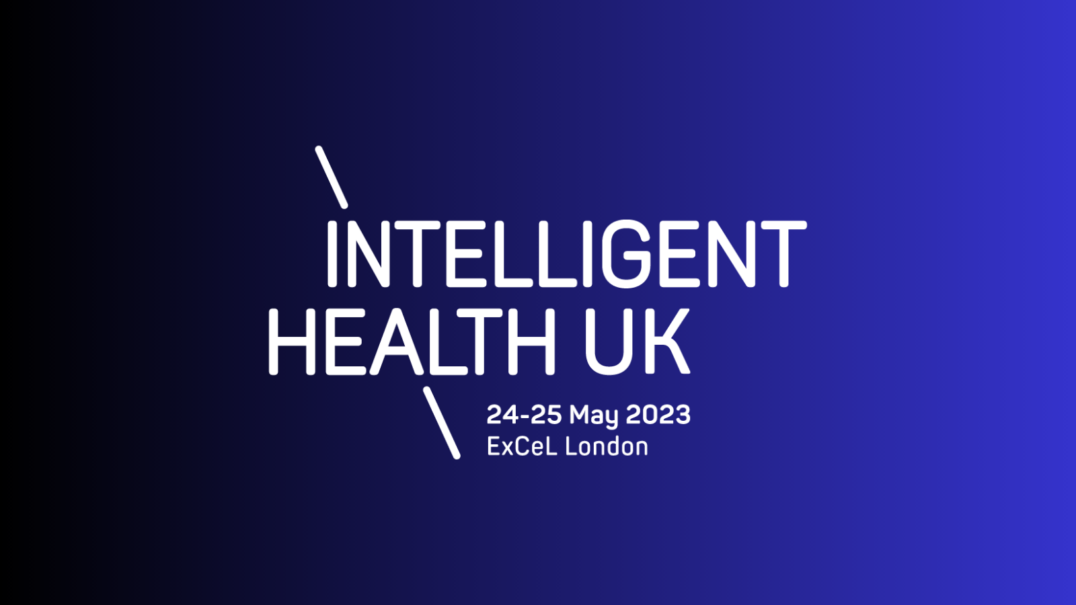Bridging the Gap: Exploring the Intersection of Fear and Wonder at Intelligent Health
In the rapidly evolving healthcare landscape, the integration of technology has emerged as a revolutionary force, challenging established practices and disrupting traditional workflows. As AI dominates headlines, Intelligent Health brought together global AI and healthcare experts, from C-level executives and clinicians to hospital heads and scientists, to accelerate the safe adoption of AI, to fully harness its benefits but to do so safely and ethically as well as, at scale.

Throughout the conference, one theme stood out: the mixture of fear and wonder surrounding this transformative journey. As John Nosta, President of NostaLab, highlighted innovation often evokes these conflicting emotions. The key is to find a balance between them. To achieve this balance, we need to address certain questions: How can we break down the barriers between technology and healthcare? What are these barriers and what steps are needed to overcome them? Prominent figures in the field, including Dr Junaid Bajwa from Microsoft, Lee Rickles from Humber Teaching NHS FT, Christopher Kelly from Google and Indra Joshi from Palantir, attempted to do just that.
Headliner sessions at the event covered topics ranging from national policies and agendas for AI adoption in healthcare to proactive measures for implementing new technologies within the NHS. Alongside these keynotes, the heated fireside chats and collaborative workshops explored more nuanced conversations, such as whether AI is likely to amplify or reduce inequality in healthcare and the role of ChatGPT in disrupting the NHS.
Risk and Reward
As the event progressed, it became evident that we are part of a revolution, not only in workflows and best practices but also in the realm of responsibility. As technology permeates all aspects of healthcare, it is crucial that we navigate the various complexities to ensure that we never lose sight of what really matters.
One of the barriers to the integration of technology in healthcare is the fear of risk and potential consequences of failure. Financial considerations and resistance to change, as well as the reluctance to abandon established practices, also pose significant obstacles. Sigal Hachlili Dwyer, Director of AI, Data, and Digital Innovation at Guy’s and St Thomas NHS FT, reminded us that these fears are not unfounded, but emphasised the need to test and learn from mistakes when using technology to improve processes. She said, “There’s a lot of potential and excitement around improving our processes by applying more technological solutions. But it’s a fairly new change, so we need to test it as much as possible and share our results so we can learn from mistakes.”
This sentiment was echoed by Haris Shuaib, AI Transformation Lead at the AI Centre and Head of Clinical Scientific Computing at Guy’s and St Thomas NHS FT, who explained that innovation lies in the ability to quickly determine what works and what doesn’t for the system. He said, “That’s the innovation here, being able to learn very quickly what works and what doesn’t work for the system.”
Building Trust and Cultivating Confidence
However, this quickly leads us to another obstacle: the human factor. While a lot of energy is spent talking about the potential of data, too little effort is put into building the trust of the public and staff to realise the benefits of data. To break down this barrier, we need to identify the key stakeholders involved in implementing AI into clinical workflows and provide them with the understanding and guidance they need to embrace the changes ahead. Dominic Cushnan, Director of AI, Imaging, and Deployment at NHS England and Silver Buccaneer, said: “People can only learn about technology by interacting with it and adapting their mindset to the change ahead.”
It’s also not just clinicians who need to be considered when it comes to how innovation and technology can find its place in healthcare. Dr Richard Simcock, Chief Medical Officer at Macmillan Cancer Support, emphasised the importance of understanding when human interaction is needed: “We need to work out when a person needs a person. Just because we know that AI could potentially replace a process doesn’t mean we automatically have to use it to do it.” This was a great reminder to not forget that the patient is the end goal to all innovative endeavour.
Scaling Up Innovation in Healthcare
Another critical factor to consider is adoption. Overcoming resistance to change is crucial, and it requires a well-planned approach through digital transformation and innovation strategies. It is not enough to simply develop innovative solutions; all aspects of implementation, including scaling up, must be considered. Daniel Bamford, Deputy Director Life Sciences at NHS England, emphasised the importance of having a comprehensive plan in place. He outlined key steps that he hopes will improve the uptake of innovation, including diversifying research, identifying the specific needs of the NHS, researching appropriate solutions, supporting the uptake of proven innovations, and building capacity for innovation.
Pioneering the Future of Healthcare
Intelligent Health called for a responsible and adaptive approach to lead the healthcare industry into the future. Among the twenty or so exhibitors at the event, several got the opportunity to showcase compelling use cases, including Lenus Health’s application of predictive AI for COPD, and Tucuzi’s reduction of unnecessary face-to-face visits with medical conversational AI. They demonstrated that digital transformation is about more than simply digitising patient records; it’s about creating a bigger shift in the way we deliver healthcare, from empowering patients to moving towards a more preventative model.
In the ongoing dance between humans and machines, the responsibility to lead lies with us, the healthcare leaders, professionals, and innovators. Our success or failure to embrace transformative change within the next decade lies not in the capabilities of technology, but in our own ability to harness its potential and adapt accordingly. To quote John Nosta again: “The palate of the future is open, it’s ours to paint.”